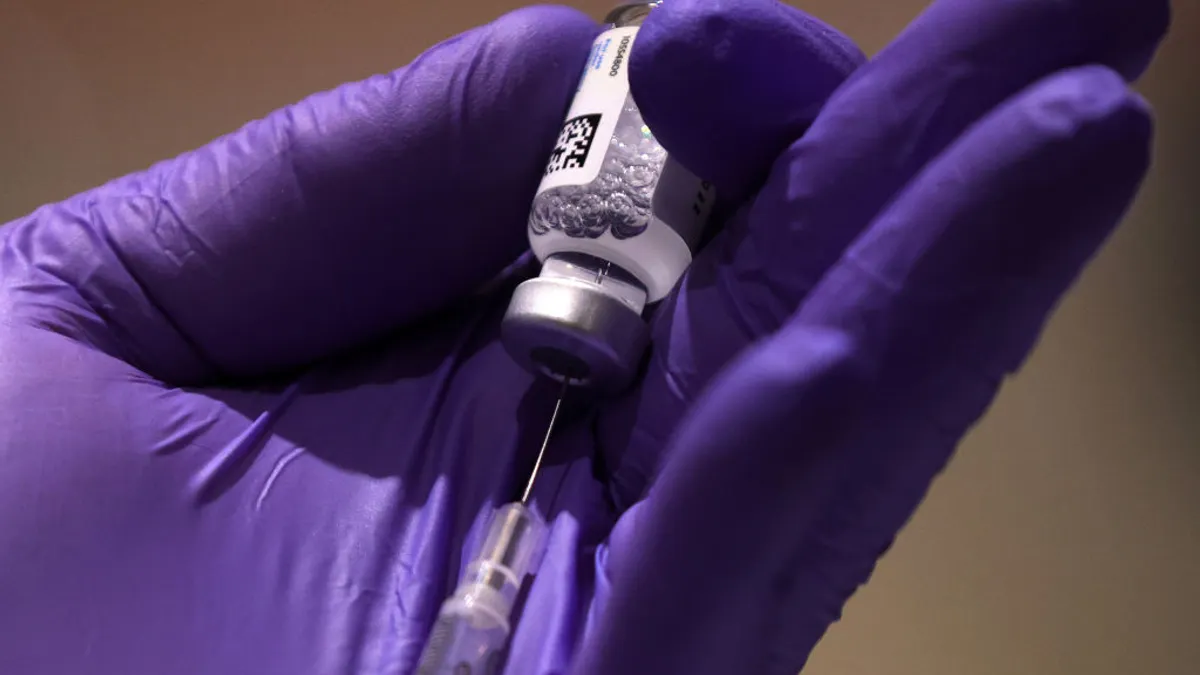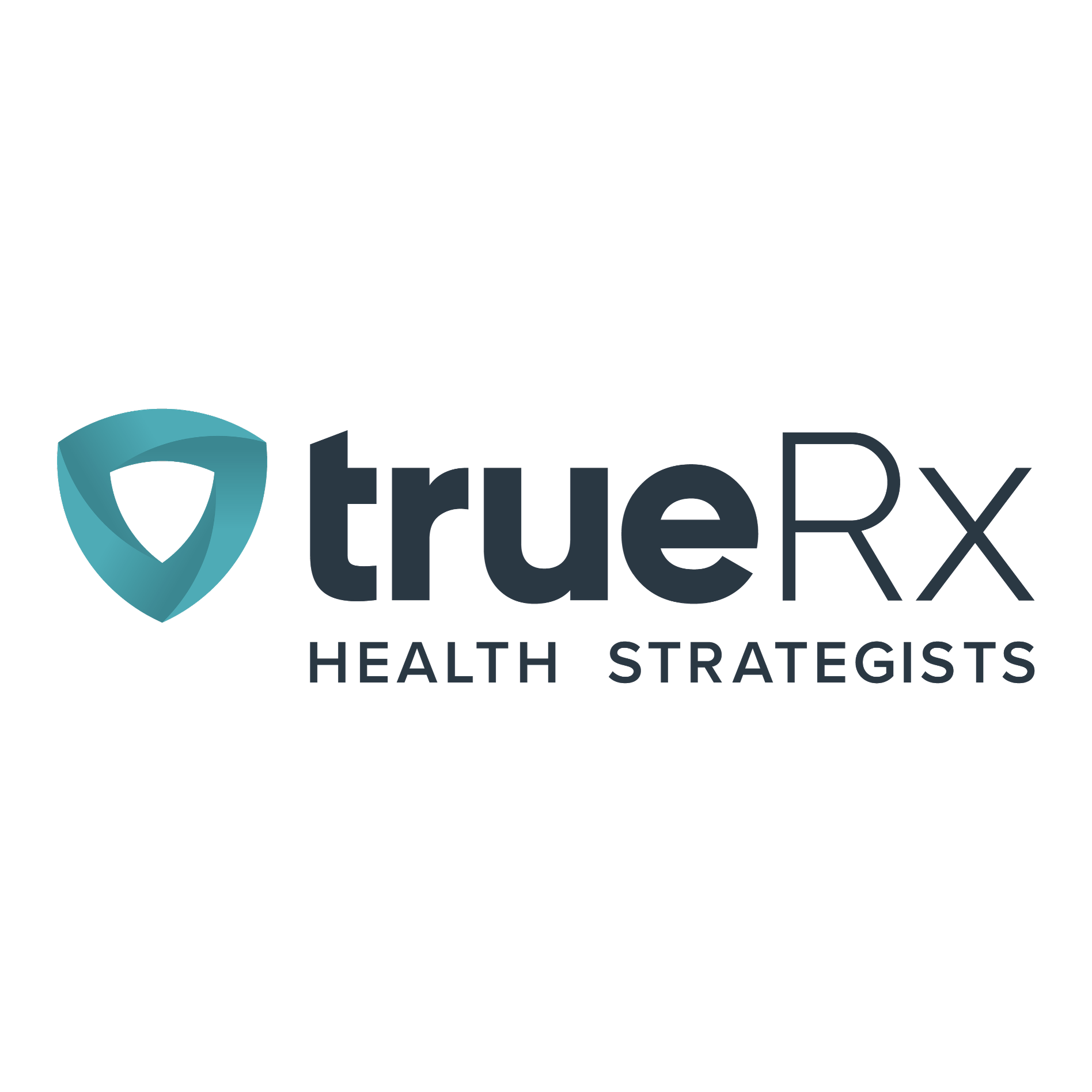Five years ago this month, Takeda Pharmaceuticals completed a $62 billion acquisition of Shire — one of the largest deals in pharma history. The anniversary has triggered a fresh wave of scrutiny over its value and mixed bag of results.
The deal grew the global footprint of Japan’s largest pharma, helping it expand into lucrative European and U.S. markets. It also bolstered Takeda’s pipeline and funneled more R&D funds toward vaccines and plasma-derived therapies (PDT). And although the company took on about $60 billion in debt to complete the acquisition, Takeda leveraged divestitures to lower its debt burden and exceeded its predicted cost savings a year ahead of schedule.
Yet, for all those benefits, Reuters reported in December that the megadeal hasn’t delivered value to Takeda’s shareholders and represents a case-in-point for the risky and complex gamble of high-profile megamergers.
And when PharmaVoice met with Chris Arendt, the company’s chief scientific officer and head of research, at the J.P. Morgan Healthcare Conference this month, Takeda was emerging from a fresh round of topsy-turvy news.
In October, the company announced it was pulling Exkivity, a non-small cell lung cancer drug, from the market after the treatment failed a confirmatory trial.
“As challenging and heartbreaking as that is, it’s kind of how drug development plays out,” Arendt said. “That’s the reality — there will be ups and downs.”
“We’ll surprise you with more deals you may not have seen coming.”

Chris Arendt
Chief scientific officer, head of research, Takeda Pharmaceuticals
Weeks later, the company reduced its full-year profit forecast by 36% in the face of pipeline setbacks and patent expirations for major drugs like the ADHD med Vyvanse.
In November, however, Takeda won FDA approval of fruquintinib for patients with metastatic colorectal cancer that has been previously treated. Fruquintinib is one of the key medications the company’s CEO said would help it rebound in the coming years. And at JPM, Arendt was upbeat about the future of Takeda’s pipeline.
“Takeda is in a really good place,” he said. “We are where we want to be this far out from the Shire deal in terms of capabilities and R&D strategies.”
With a recent hot streak in partnerships, increased R&D in new modalities and an ongoing commitment to unmet needs, Takeda rolled into the new year with plenty of positive momentum.
Living on the edge
Arendt came to Takeda from Sanofi in 2015, first as head of immunology, before later leading the oncology cell therapy and therapeutic area unit. As he kicked off his career at Takeda, Arendt, who took over as CSO in October, said the company was embarking “in earnest” to reshape its therapeutic pipeline and focus on three core areas: neuroscience, gastrointestinal disorders and oncology.
In recent years, the company has also leaned into vaccine and PDT development while branching out into new modalities and pursuing partnerships that support those efforts.
In particular, Arendt pointed to its $4 billion purchase of Nimbus Therapeutics’ tyrosine kinase 2 drug TAK-279 in 2022, which announced positive topline results from a phase 2b study for psoriatic arthritis in September. The selective TYK2 inhibitor could target multiple immune-mediated inflammatory conditions and if approved, would go head-to-head with Bristol Myers Squibb’s TYK2 inhibitor, Sotyktu.
“That’s a program we’re really excited about,” Arendt said.
On the oncology front, Takeda bought Maverick Therapeutics in 2021 to take hold of its T cell engager pipeline, which comprises treatments that use a patient’s cells to attack solid tumors.
“We brought in Maverick’s T cell focus and married in with our incredible talents and capabilities to further its potential,” Arendt said. “We love this model of trying to complement what pharma can do at scale with what biotechs do really well.”
Two other acquisitions in the last few years — of GammaDelta Therapeutics and Adaptate Biotherapeutics — have also targeted T cell technologies and fit into Takeda’s overall strategy of “reinventing” its oncology pipeline and investing in immunotherapy and antibody-based treatments, Arendt said. And Takeda executives continue to keep their eyes on the horizon for potential partnerships.
“We’re looking at where pioneering science is emerging,” he said. “You can look at what other companies are doing and follow the latest press releases into the latest biological space, but we look at the next step changes, and try to advance what’s cutting edge.”
Takeda’s 2024 outlook
None of these changes are to suggest that Takeda is straying completely from its historic roots in small molecules.
“Any good investment portfolio needs to be balanced to level the risk and we’re always considering that,” Arendt said. “You can look at some of the cutting-edge modalities in cell therapies, but we’re also still interested in small molecules [to create] a balanced portfolio strategy.”
What will all of this amount to in 2024?
“Our transformation was about planting the seeds,” Arendt said. “A lot of our R&D was seeding and now it’s maturing — 2024 is about bearing fruit in terms of clinical readouts.”
This year will also mark an overall shift in Takeda’s pipeline from being “historically weighted toward earlier stage programs to having more in later stage development,” Arendt said.
With the launch of newly approved drugs underway, TAK-279 moving into phase 3 trials, a drug development engine that’s churning hard — the company recorded $4.8 billion in R&D investments in 2022 — and an eye out for new partnership opportunities, Takeda isn’t done with its latest reinvention.
“We’ll surprise you with more deals you may not have seen coming,” Arendt said.




















